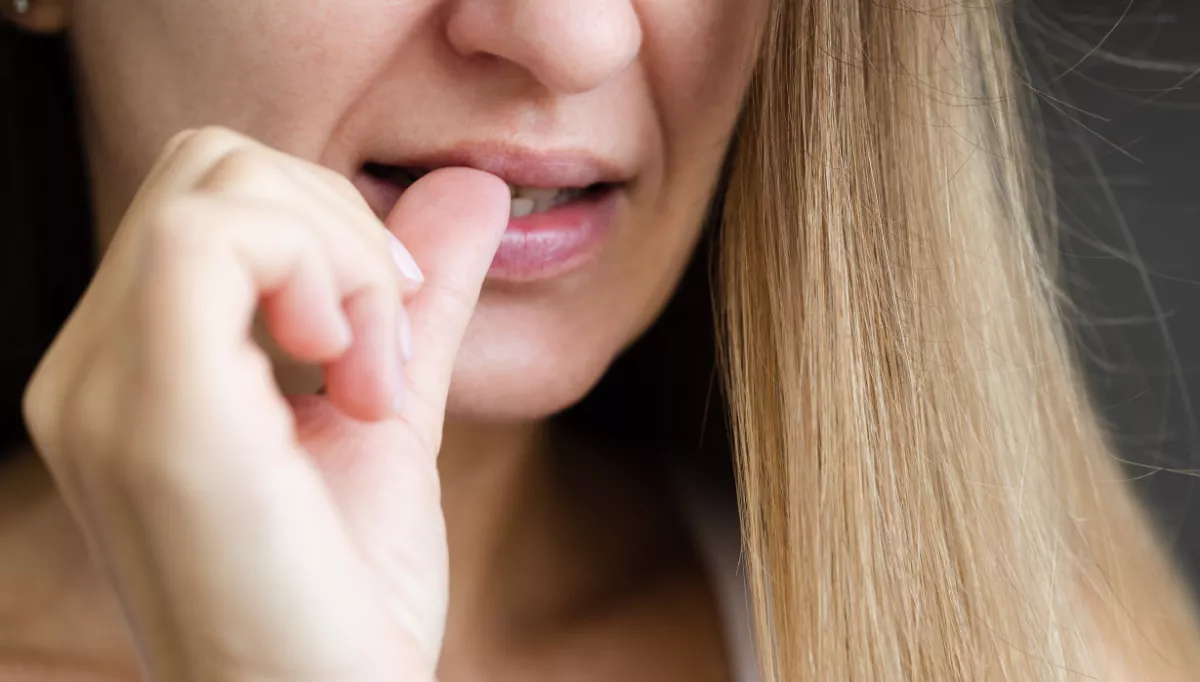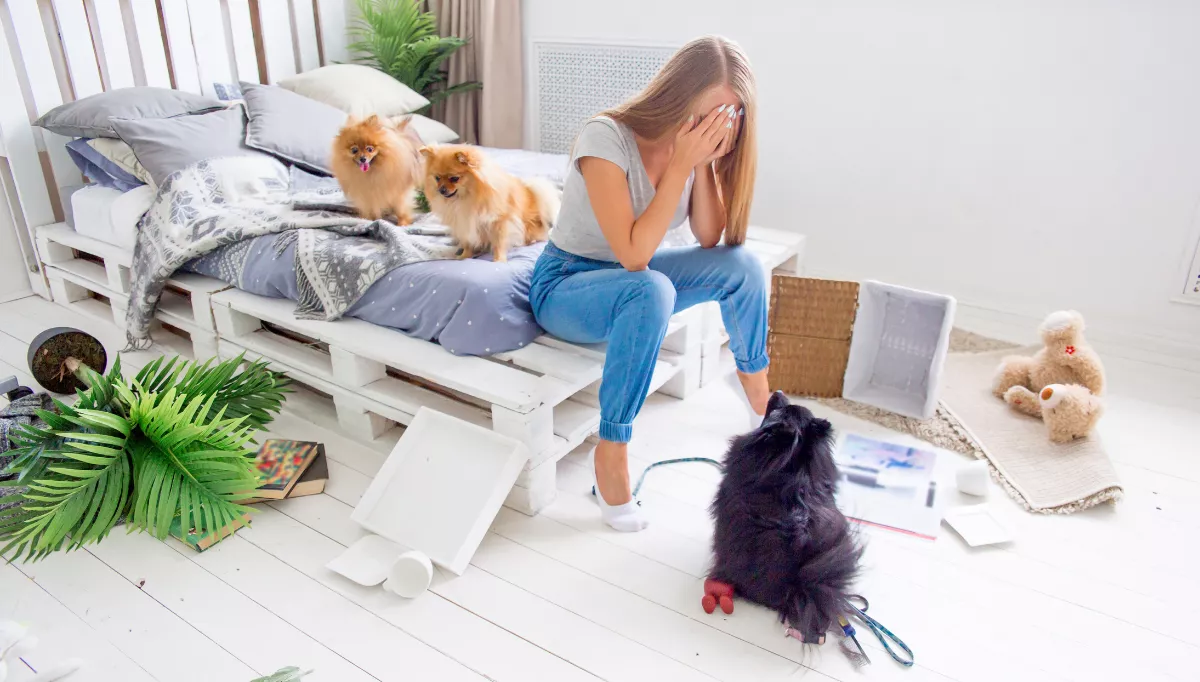What Stopping Biting My Nails Taught Me About Dog Training
(Why Changing Your Dog's Behaviour is So Hard)


I have bitten my nails for over thirty years. I hate it.
I know all the reasons why it is unhygienic. Those posters comparing it to licking a toilet seat, the ragged edges, the quiet embarrassment.
And yet, for decades, I carried on. It was a deeply embedded, subconscious habit, and one I tried to break more times than I can count.
I have read books, some sensible, some definitely not. I have dabbed bitter oil on my fingertips (that tainted everything I cooked), and even sat through hypnosis sessions. Nothing ever made it stick.
Recently, though, I decided to approach it differently. I turned to what I know works when helping dogs and their humans: clear structure, small adjustments, and consistent steps.
For the first time, it is working. I am now over twelve weeks bite-free. That might not sound dramatic, but it is the longest I have ever managed, and this time, I truly believe I can keep going.
It has not been easy. Far from it. But it has given me a deeper respect for how hard it really is to change habits, even when I am fully in charge of every part.
The Routine
My system is simple, but demanding. I paint my nails every other day with a neutral colour. The moment the polish chips, I remove it and repaint. If my nails look neat, they stay out of my mind; if they chip, they catch my eye, and the habit loop wants to start again.
I know my danger zones too. Driving, deep into work at my laptop (I’m actually between coats as I write this), or simply drifting off into thought. So I always have plastic-free chewing gum to hand. I don’t actually like chewing gum. The flavour fades quickly, and then I am just chewing rubber. But my subconscious needs something else to do, so it works.
I don’t enjoy painting my nails either. I find it tedious and frustrating, especially when the polish turns gloopy halfway through and never dries quickly enough, meaning I smudge it, ruin it, and have to re-do at least a few nails every time. But, I have promised myself six months of this, because changing a habit takes time. And I remind myself that I expect my clients to commit to months of small changes too.
Recognising Pain Points
When I look at these sticking points, I see that I really have three options:
1. Dig for that willpower and push through,
2. Find ways to reduce or remove the pain points, or
3. Fail.
This time, I am not giving up, so that leaves options one or two.
The problem with relying on willpower alone is that it is never enough in the long run. Six months of constant self-control is not realistic. If willpower alone worked, we would all be eating five portions of fruit and vegetables every day, hitting our 150 minutes of physical activity each week, and choosing family adventures over scrolling our phones. Research supports this too; psychologist Roy Baumeister has shown that willpower acts more like a limited battery than an endless well. It runs flat when stretched too thin.
So the realistic choice is option 2; to make changes that make success more likely. For me, that means looking at what is making this harder than it needs to be.
Take the chewing gum. My concerns there were the environmental impact and how quickly the flavour disappears. I have chosen plastic-free gum in a few different flavours (lemon or cinnamon, anyone?), and while it is not my favourite thing, it does the job. I did wonder if I could swap it for carrot sticks, but that would mean choosing to pick up and chew a new stick every time, which feels risky. Chewing gum only requires me to choose to chew once; after that, the choice shifts to whether or not to stop. For me, that single choice is much safer.
Painting my nails was the bigger frustration. So I made a change. I bought a polish that dries in sixty seconds. It has made a huge difference. No more smudging half my fingers while waiting for tacky layers to set, no more redoing nails that I ruin by accident. Better still, I recognised the polish I had been using came from the back of a drawer, age well and truly unknown. No wonder it was gloopy and only lasted two days at best. My new polish is fresh, goes on smoothly, and easily lasts five days. My workload and mental load have dropped by over half!
The routine is still effort, and I still do not love it, but I have removed just enough hassle to make success more likely. As I write this, I am halfway to my six-month goal. And this time, I genuinely believe I can do it.
What This Taught Me About Dog Training
When I reflect on this, it reminds me of the changes I ask of the families I work with. Changing a dog’s behaviour rarely happens through sheer willpower alone. If someone is struggling to keep up with a plan, pushing harder is rarely the answer. Instead, the question should be: can we change something about the plan itself? Can we smooth out the bits that make it feel too heavy?
Maybe it means picking a walk route that avoids the worst triggers, or finding enrichment ideas that slot naturally into daily life, instead of feeling like another job on an already busy list.
We are creatures of habit. When we want our dogs to change their habits, we often have to change ours too. If something is not working, the solution is not always to try harder; it is to look at what makes it sticky and see how we can smooth that out so success feels possible.
So, if you have been struggling with making a necessary change to help your dog change, why not sit down and work out those pain points? Then, maybe with the help of a friend, see if you can tweak it to make it easier for you. Give yourself a fighting chance to prove that tiny changes really can build new habits that last.
